Tire Age Limit: Insights From Tire Manufacturers
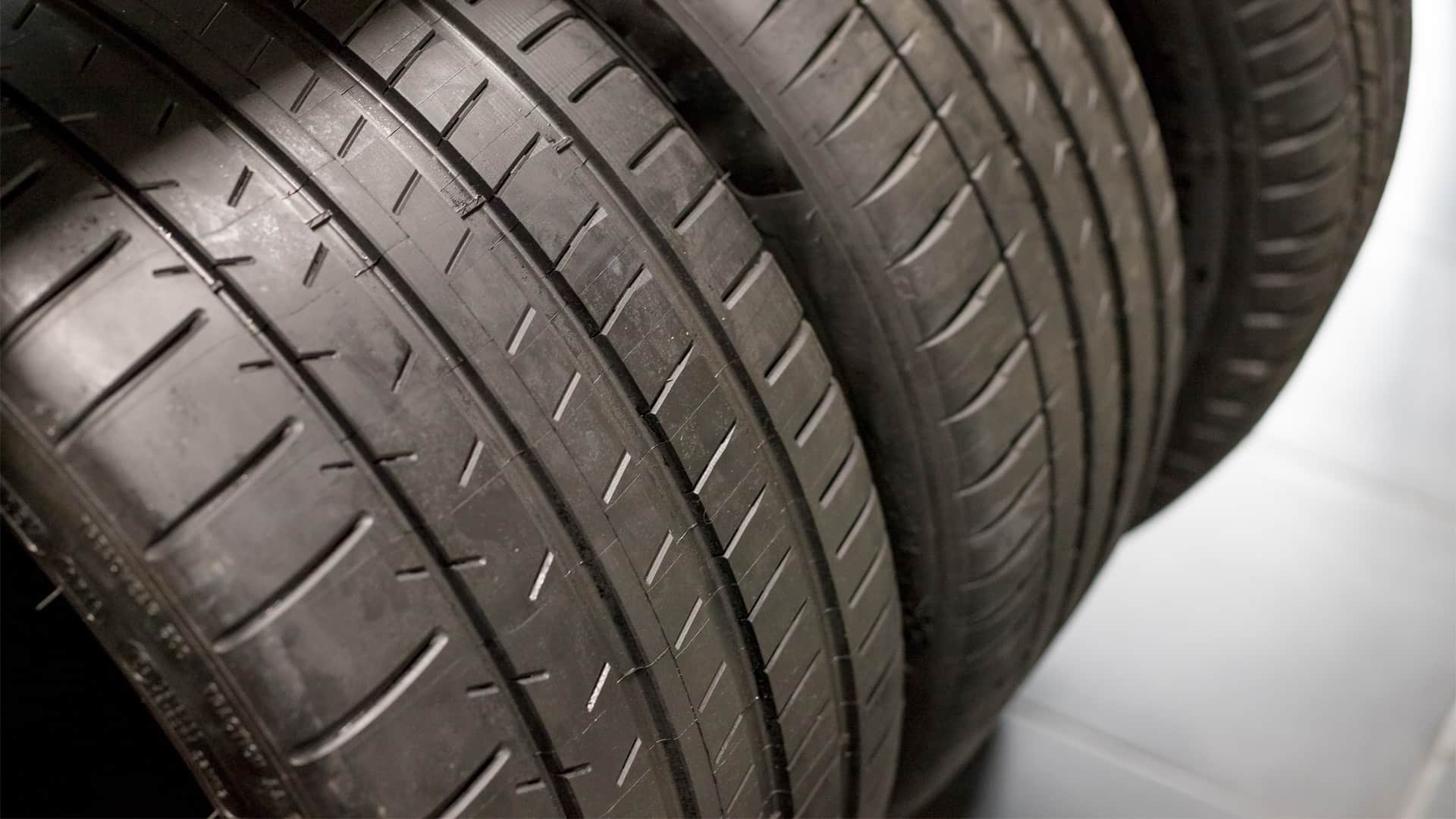
Tires are not just round pieces of rubber. They are complex pieces of engineering built to offer reliable performance on the road. But when it comes to determining their age limit, it’s not as easy as glancing at a calendar.
In fact, tire manufacturers like Bridgestone, Continental, Michelin, BFGoodrich, Goodyear, and Hankook all agree that it’s a challenge to accurately predict a tire’s service life solely based on time. That’s because there are multiple factors at play that can impact a tire’s performance, from weather conditions to storage and usage.
But don’t worry, we’ve got you covered! In this article, we’ll dive into the nitty-gritty of tire age limits, exploring what the experts have to say and uncovering the guidelines for tire inspection and replacement.
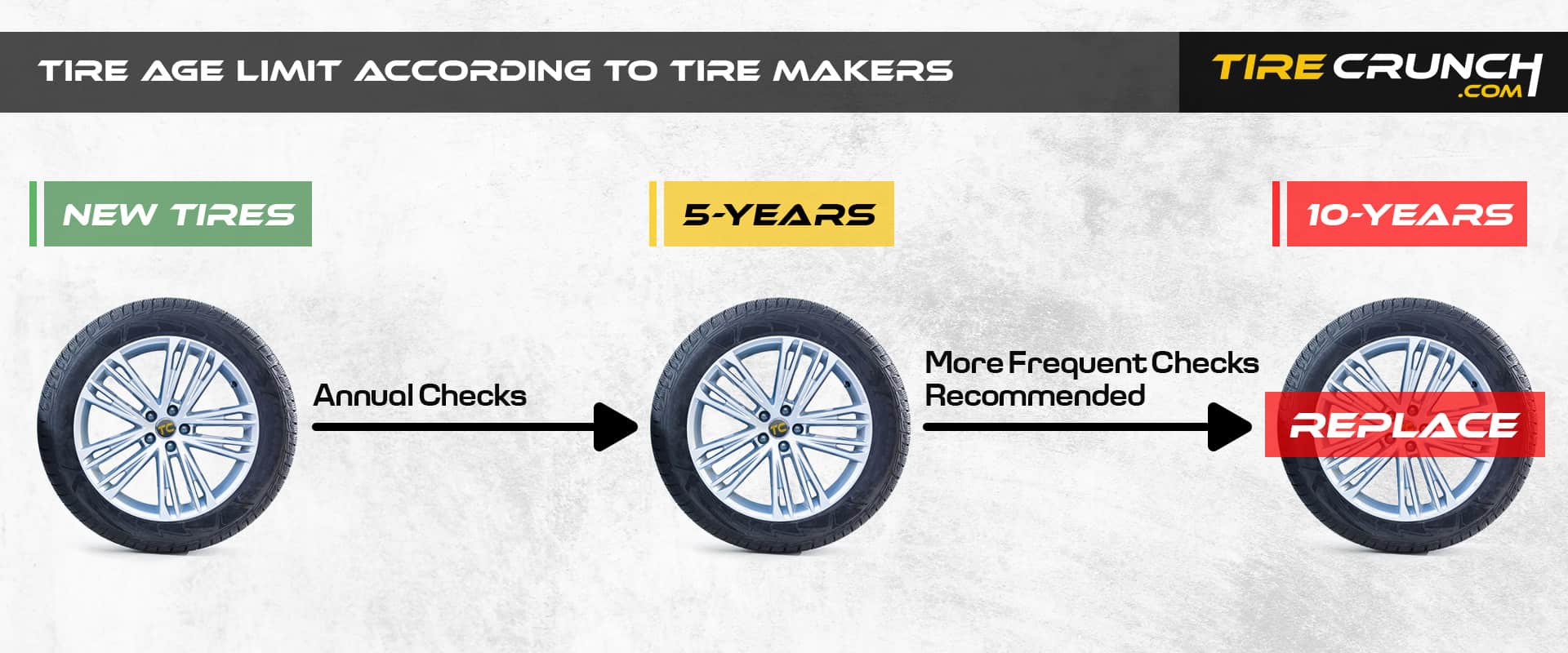
Key Takeaways
Tire Age Limit. What Do Manufacturers Say?
Goodyear
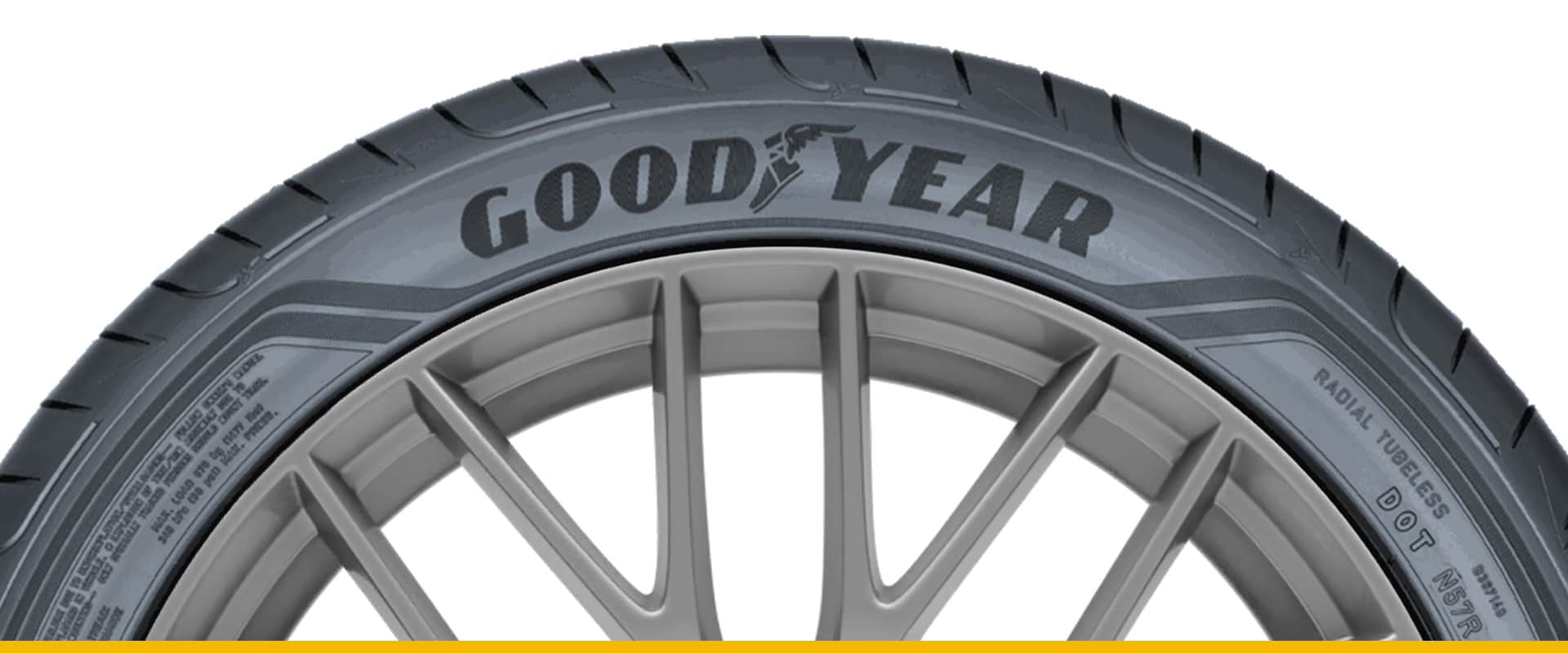
Goodyear states that it is not possible to objectively establish a minimum or maximum tire service life.
Tire materials have performance properties that change over time, depending on factors such as temperature, storage conditions, and conditions of use (e.g., load, speed, inflation pressure, impacts with potholes, etc.).
Due to the wide variation in service and storage conditions, accurately predicting the serviceable life of an individual tire in terms of years or months is not possible.
Therefore, consumers should not consider any age age-based tire replacement recommendations.
Goodyear’s recommendation is that consumers should follow the general principles of tire inspection, maintenance, and replacement, taking into consideration factors such as wear, damage, and usage conditions for safe and reliable driving.
BFGoodrich
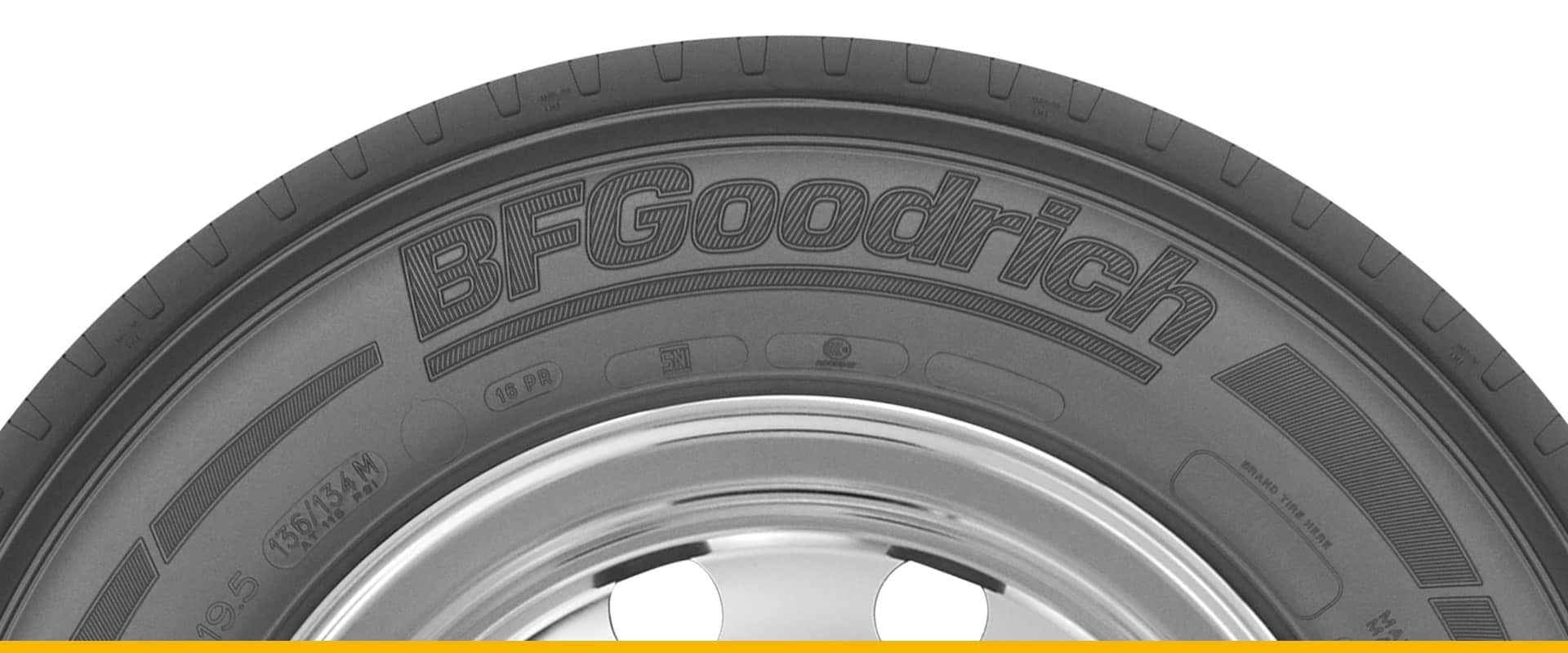
BF Goodrich recommends that an annual inspection by a tire specialist is a must for those who have tires that have been in service for 5 years or more.
Additionally, BF Goodrich advises that tires in service for 10 years or more from the date of manufacture, including spare tires, should be replaced with new ones as a precautionary measure, regardless of their appearance or legal wear limit.
Bridgestone
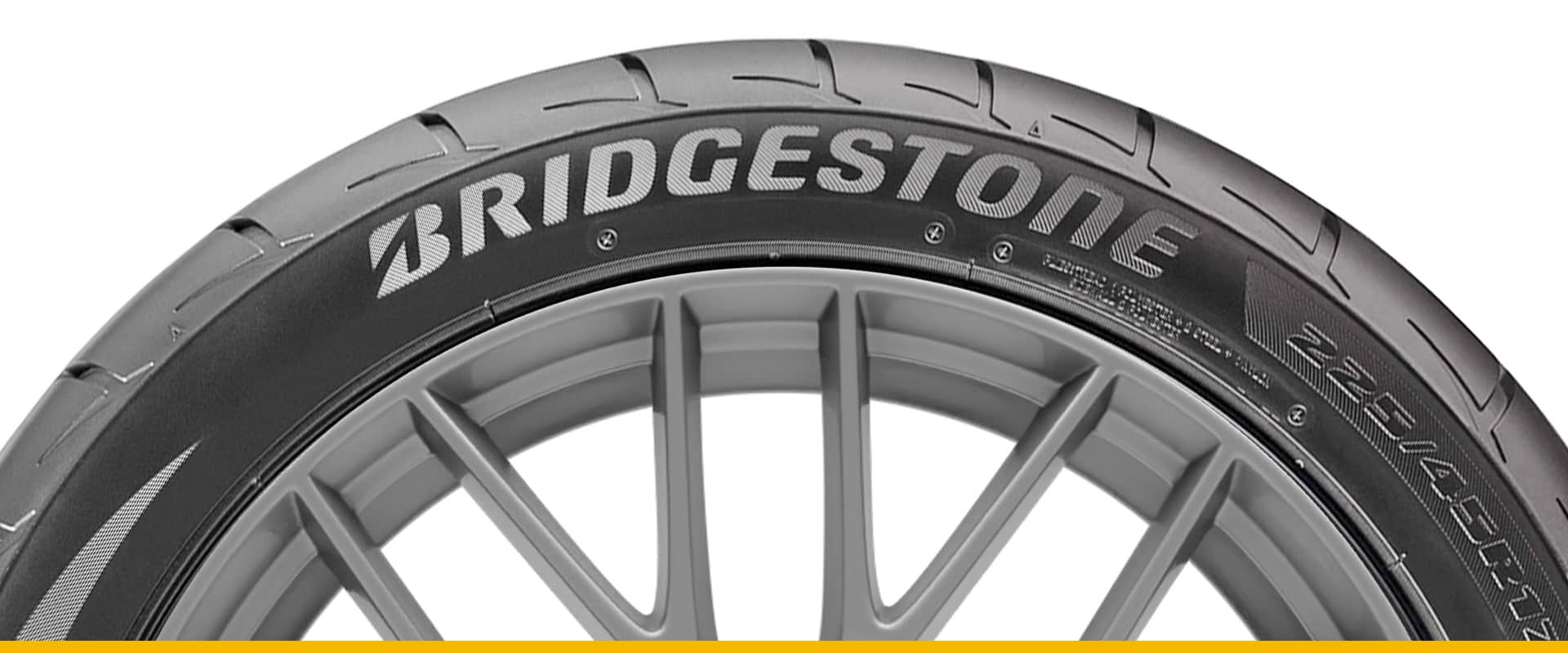
When it comes to the tire age limit, Bridgestone decided to adhere to the rules set by JATMA (Japan Automotive Tyre Manufacturers Association).
JATMA advises that customers should have their tires inspected by a qualified tire service professional after 5 years of use to assess their suitability for continued use. This recommendation also applies to spare tires.
Furthermore, JATMA suggests that even if tires appear to be usable based on their external appearance or tread depth, all tires (including spare tires) that were manufactured more than 10 years ago should be replaced with new tires.
Continental
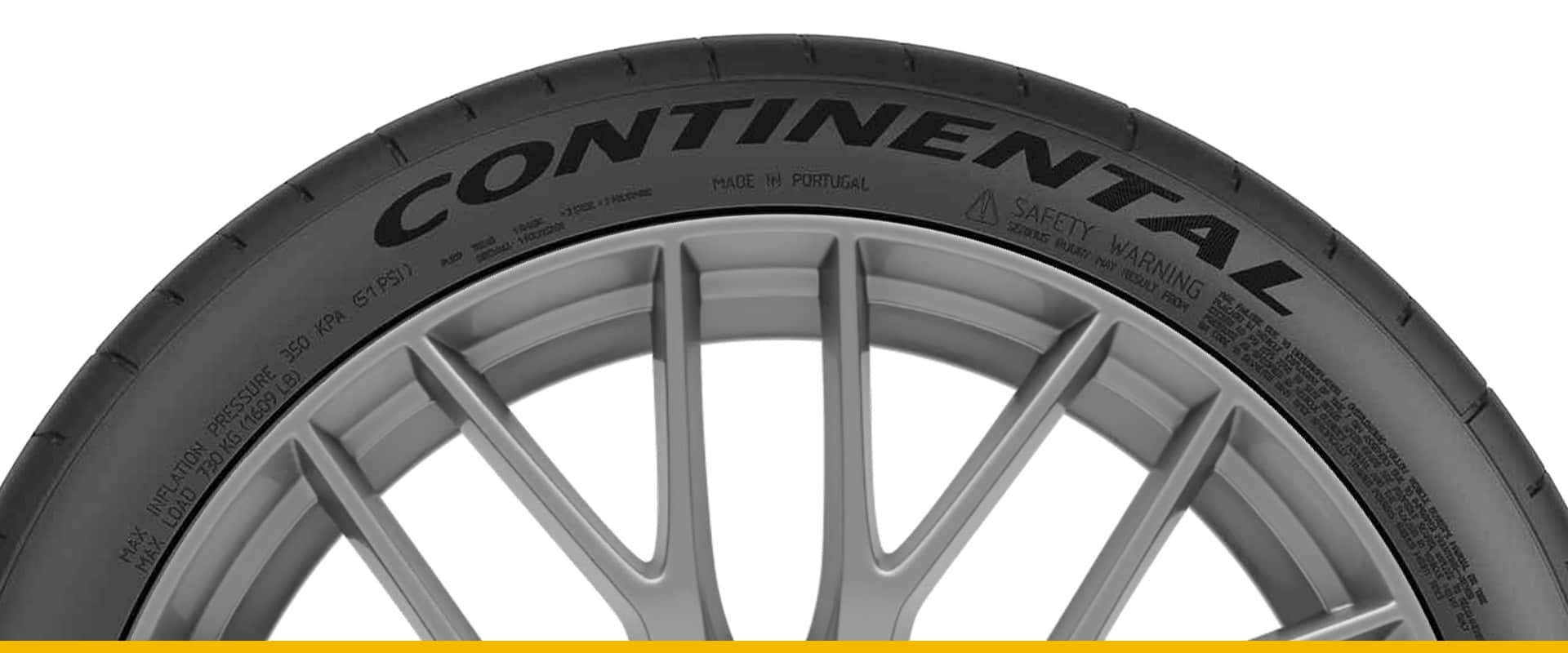
Continental acknowledges that there is no specific technical data that supports a particular age for tire removal from service.
However, similar to other members of the tire and automotive industries, Continental recommends that all tires, including spare tires, that were manufactured more than 10 years ago should be replaced with new tires.
Hankook
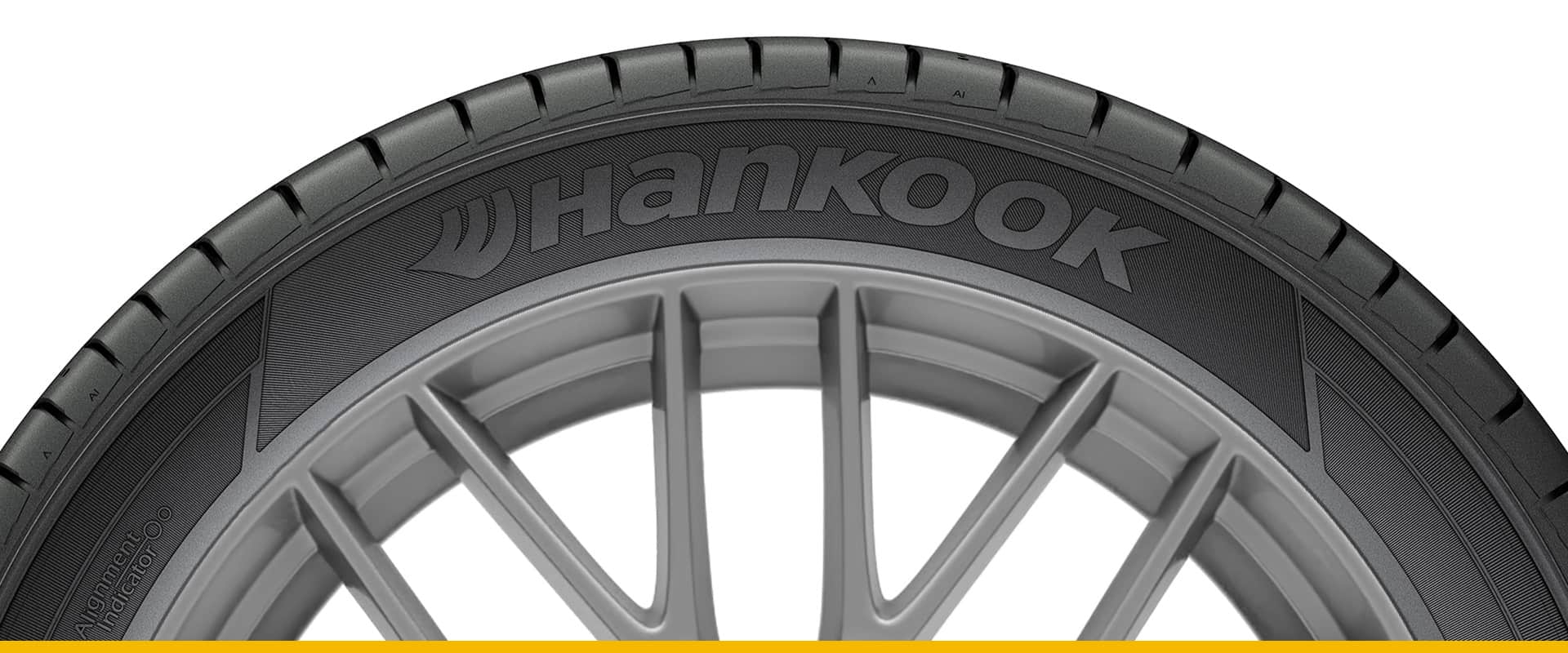
Hankook highlights that there is no accurate or scientifically valid way to predict the service life of a tire due to various factors affecting tire performance.
However, they are of the opinion that even with proper maintenance, most tires may require replacement before 10 years of manufacture, regardless of tread wear. They further recommend that tires in service for 10 years or more from the date of manufacture should be replaced, even if they have never been used.
Kumho
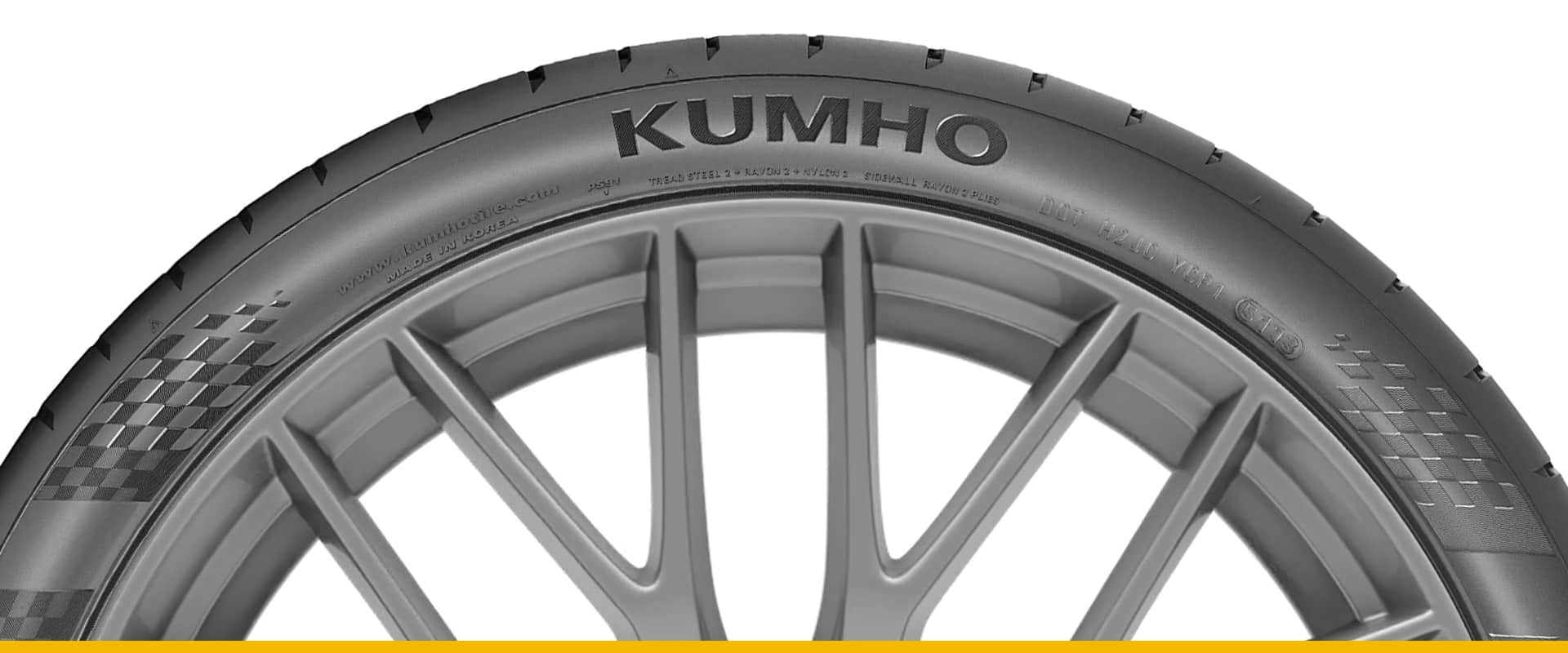
Kumho recommends that tires over 6 years from the manufacturing date should be continuously inspected, at least annually.
While it is impossible to accurately predict a tire’s service life, Kumho notes that the older the tire is, the greater the chance of failure.
Kumho recommends that consumers with tires over 10 years should replace them with new ones, even if the tires appear visually serviceable and have not reached their legal wear limit.
Michelin
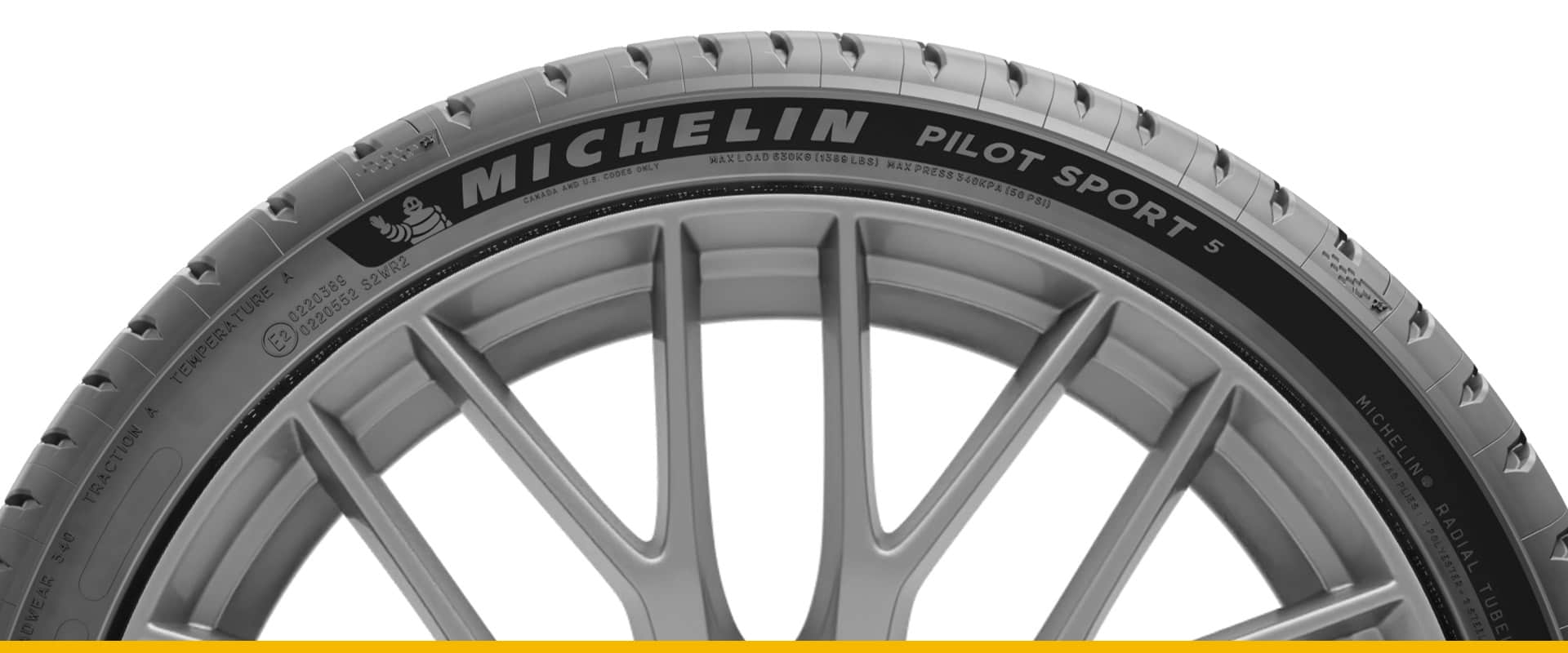
The service bulletin from Michelin states that accurately predicting the serviceable life of a specific tire in advance is not possible due to various factors such as weather, storage conditions, and conditions of use that affect the tire’s performance properties.
It recommends regular inspections and inflation pressure maintenance by consumers, as well as having tires inspected regularly by a qualified tire specialist, especially for tires that have been in use for 5 years or more – at least annually.
Michelin recommends replacing tires in service for 10 years or more from the date of manufacture, including spare tires, with new ones as a precautionary measure, even if they appear serviceable and have not reached the legal wear limit.
Yokohama
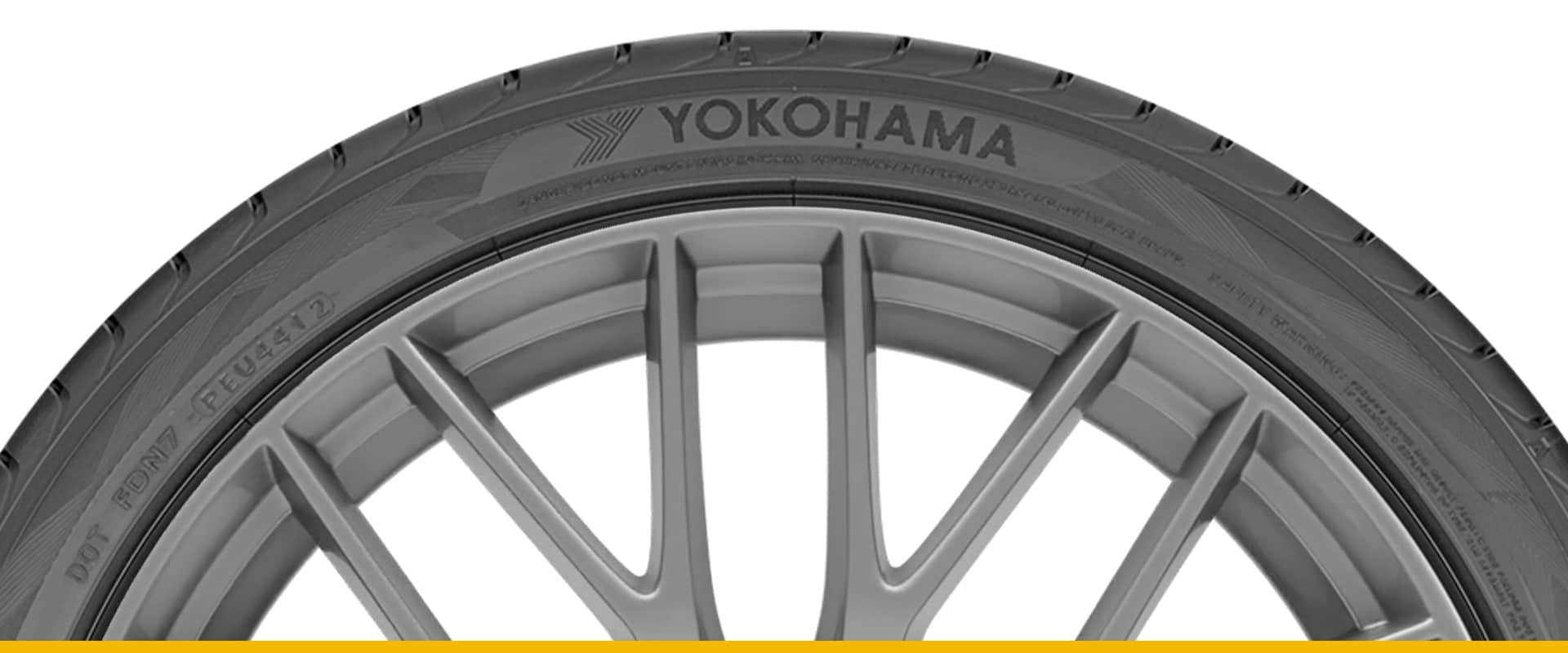
According to Yokohama’s service bulletin, in the absence of any specific recommendation from a vehicle manufacturer, they recommend the replacement and disposal of all passenger and light truck tires whose DOT production date is 10 years or older.
Other Cases When tires should be replaced
There are several cases when tires should be replaced:
Risks OF using Old Tires
Determining The Age Of The Tires
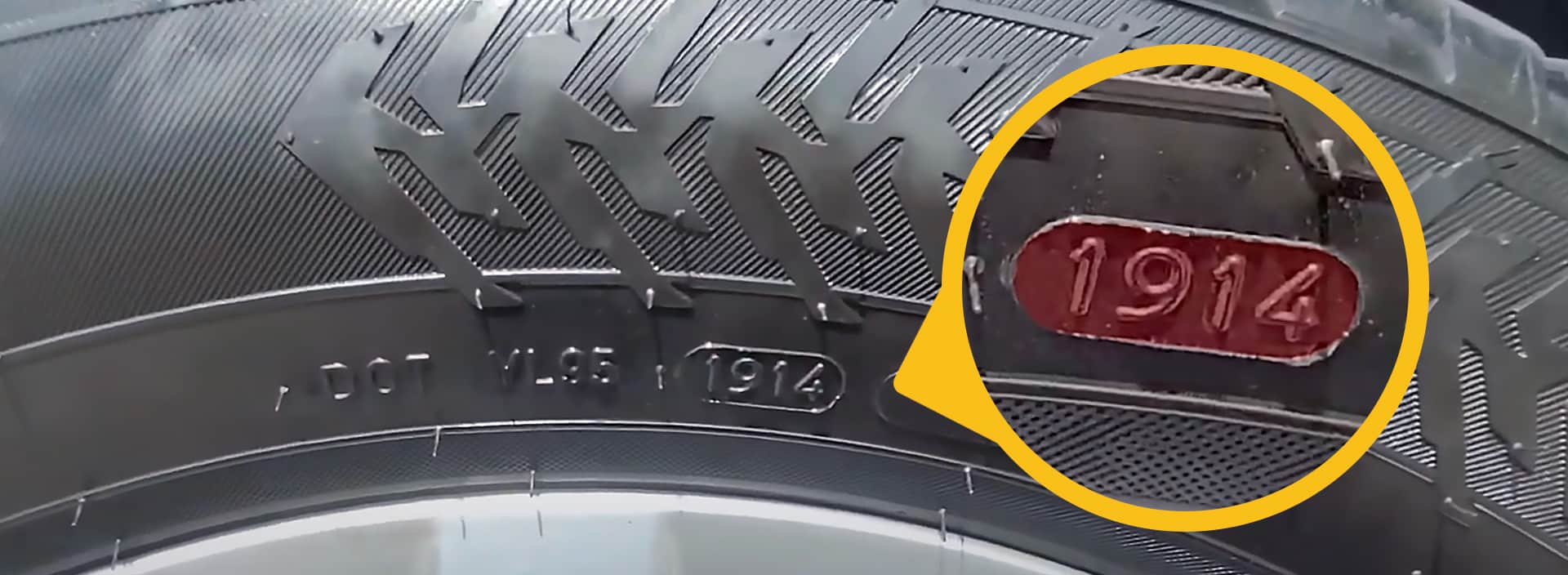
So how can you tell when your tire was manufactured? Look for the Department of Transportation or DOT code on the sidewall of the tire. The code starts with “DOT” and ends with the week and year of manufacture.
For example, if the code ends with “2120,” it means the tire was made in the 21st week (May) of 2020.
